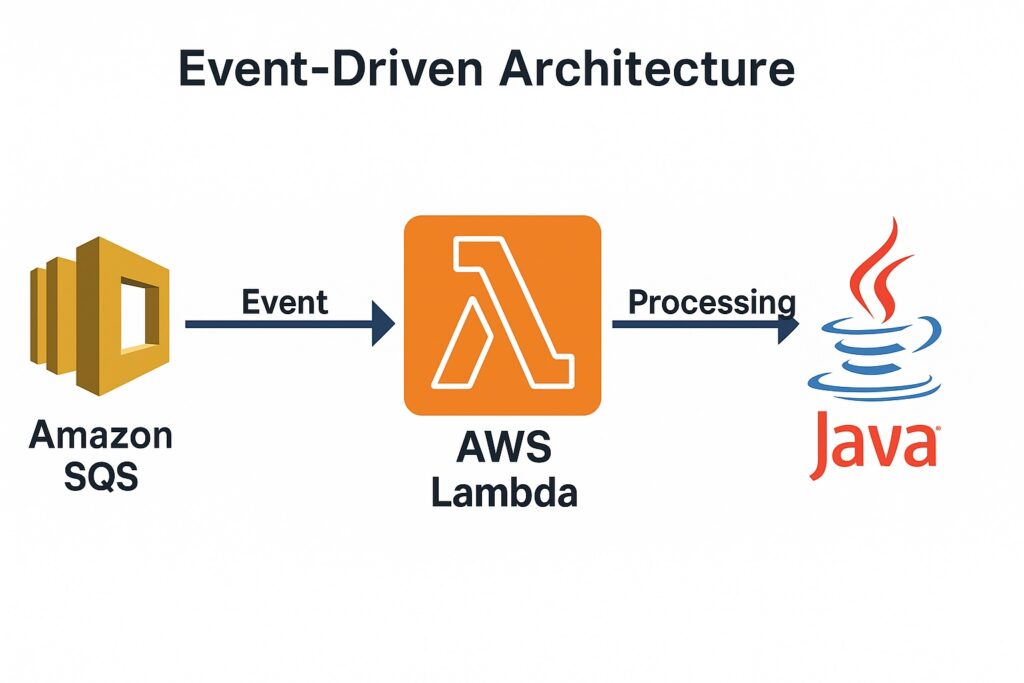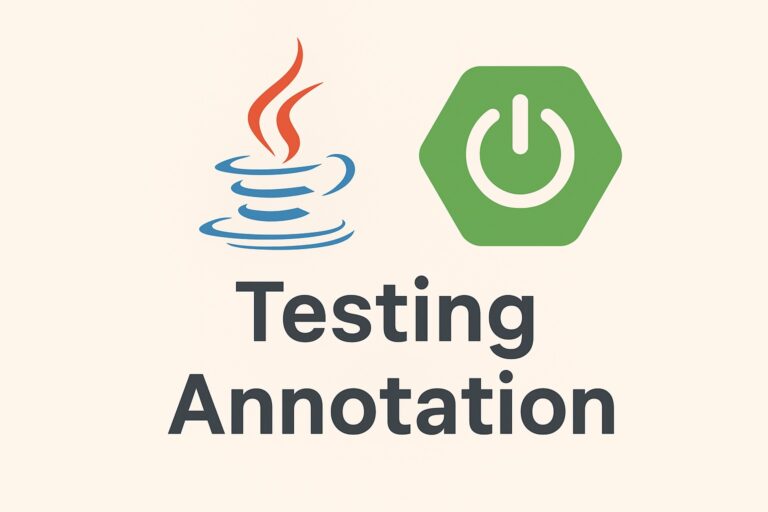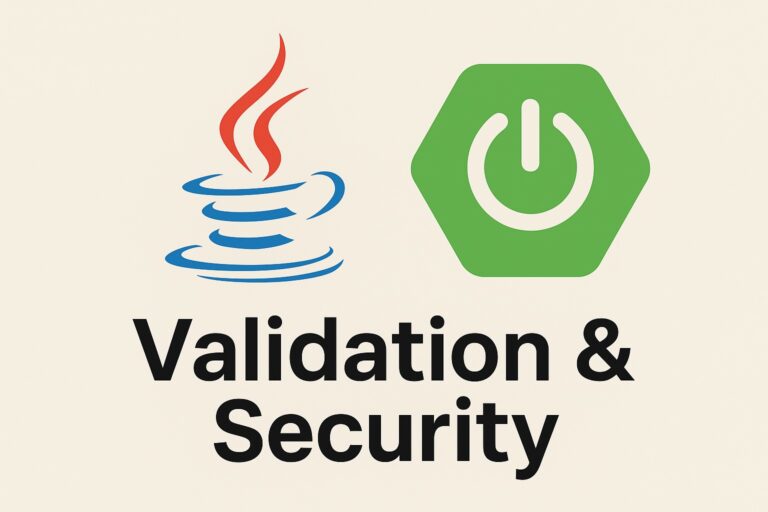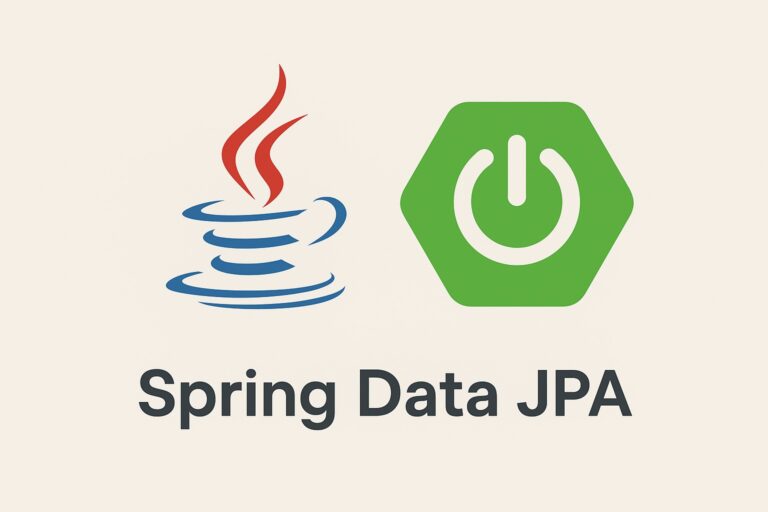Using AWS Lambda to process messages from Amazon SQS is a powerful serverless pattern that allows you to scale seamlessly and only pay for what you use. Here’s a detailed article showing how to build an AWS Lambda function that consumes messages from an SQS queue, all in Java.
Overview
In this guide, we’ll walk through how to:
- Create an SQS queue
- Write a Java-based AWS Lambda function
- Configure the SQS trigger
- Deploy using AWS SAM (or you can use the AWS Console)
Step 1: Create an Amazon SQS Queue
You can create the queue from the AWS Console or use the AWS CLI:
aws sqs create-queue --queue-name MyQueueTake note of the Queue ARN—you’ll need it to set up the Lambda trigger.
Step 2: Write the Lambda Function in Java
We’ll use Maven to build our Lambda handler. Here’s the project structure:
sqs-lambda-java/
├── src/
│ └── main/
│ └── java/
│ └── com/example/
│ └── SqsEventHandler.java
├── pom.xmlSqsEventHandler.java
package com.example;
import com.amazonaws.services.lambda.runtime.Context;
import com.amazonaws.services.lambda.runtime.events.SQSEvent;
import com.amazonaws.services.lambda.runtime.RequestHandler;
public class SqsEventHandler implements RequestHandler<SQSEvent, Void> {
@Override
public Void handleRequest(SQSEvent event, Context context) {
for (SQSEvent.SQSMessage msg : event.getRecords()) {
System.out.println("Received message: " + msg.getBody());
// Process message logic here
}
return null;
}
}pom.xml
<project xmlns="http://maven.apache.org/POM/4.0.0" ...>
<modelVersion>4.0.0</modelVersion>
<groupId>com.example</groupId>
<artifactId>sqs-lambda-java</artifactId>
<version>1.0</version>
<dependencies>
<dependency>
<groupId>com.amazonaws</groupId>
<artifactId>aws-lambda-java-core</artifactId>
<version>1.2.1</version>
</dependency>
<dependency>
<groupId>com.amazonaws</groupId>
<artifactId>aws-lambda-java-events</artifactId>
<version>3.11.0</version>
</dependency>
</dependencies>
<build>
<plugins>
<plugin>
<groupId>org.apache.maven.plugins</groupId>
<artifactId>maven-shade-plugin</artifactId>
<version>3.2.4</version>
<executions>
<execution>
<phase>package</phase>
<goals><goal>shade</goal></goals>
</execution>
</executions>
</plugin>
</plugins>
</build>
</project>Package your code:
mvn clean packageStep 3: Deploy and Attach to SQS
You can upload the .jar to AWS Lambda using the Console or CLI. Then:
- In the Lambda configuration, add an SQS trigger
- Choose the SQS queue you created
- Lambda will now poll the queue and invoke your function when messages arrive
Testing
Send a test message:
aws sqs send-message \
--queue-url https://sqs.<region>.amazonaws.com/<account-id>/MyQueue \
--message-body "Hello from SQS!"Your Lambda will log the message body in CloudWatch Logs.
Recap
- No need to poll SQS manually—AWS takes care of that.
- Lambda scales with demand.
- Clean and simple Java logic using the AWS SDK.



